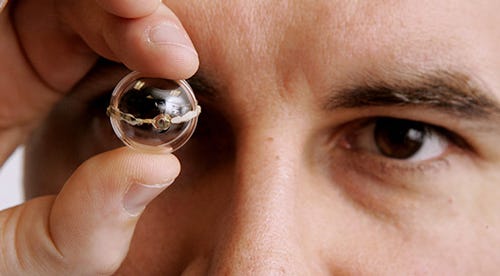August 30, 2016
This year could truly be remembered as the one in which 3-D printing came of age in the medical device industry.
Additive manufacturing is already playing an important role when it comes to prototyping and providing anatomical models of patient anatomy to help surgeons prepare.
"Probably the majority of my group's work is not with the device itself, but supporting accessories. There's creating anatomical models, creating new manufacturing tools, creating sales demonstrations and simulators. It's not being used solely on the devices themselves. 3-D printing is being used all across the development cycle," says Dave Broman, senior manager of the rapid prototyping and simulation systems group at St. Jude Medical.
Medical device companies are preparing to do so much more, though. Stryker, for example, is creating a 3-D printing plant in Cork, Ireland after enjoying some success with 3-D printed ortho implants.
"They're making an investment in finding alternative solutions for changing the market. ... Stryker doing something like, that I think that is extraordinary. I know the other market share companies probably have a very close eye on that. It could change everybody, because everybody wants to keep up," says Shannon Van Deren, president of Layered Manufacturing and Consulting.
As Worrell Design's Derek Mathers recently related to Qmed, Johnson & Johnson has forged 3-D printing partnerships with Hewlett Packard, as well as Google-backed Carbon and its high-speed CLIP (Continuous Liquid Interface Production) process in which objects rise out of ultra high-performance urethanes.
Important challenges remain. Mathers notes that reimbursement for the use of 3-D printing in medicine has been an afterthought so far in the U.S. And he'd like to see better mechanism for adoption of the some of the 3-D printing processes presently stuck in the laboratory. There's the "multi-material, multiscale" 3-D printing (infinity printing?) developed by the University of Minnesota's Michael McAlpine. And then there's 4-D printing, in which objects can assemble themselves into shapes, perhaps even inside a human body.
"There needs to be a better bridge to get that out of a research environment and commercialize in a medical device and pharmaceutical environment," Mathers says.
Continue >>
[McAlpine holds an LED 3-D printed onto curved glass. (Image courtesy of Frank Wojciechowski/Princeton University]
About the Author(s)
You May Also Like





